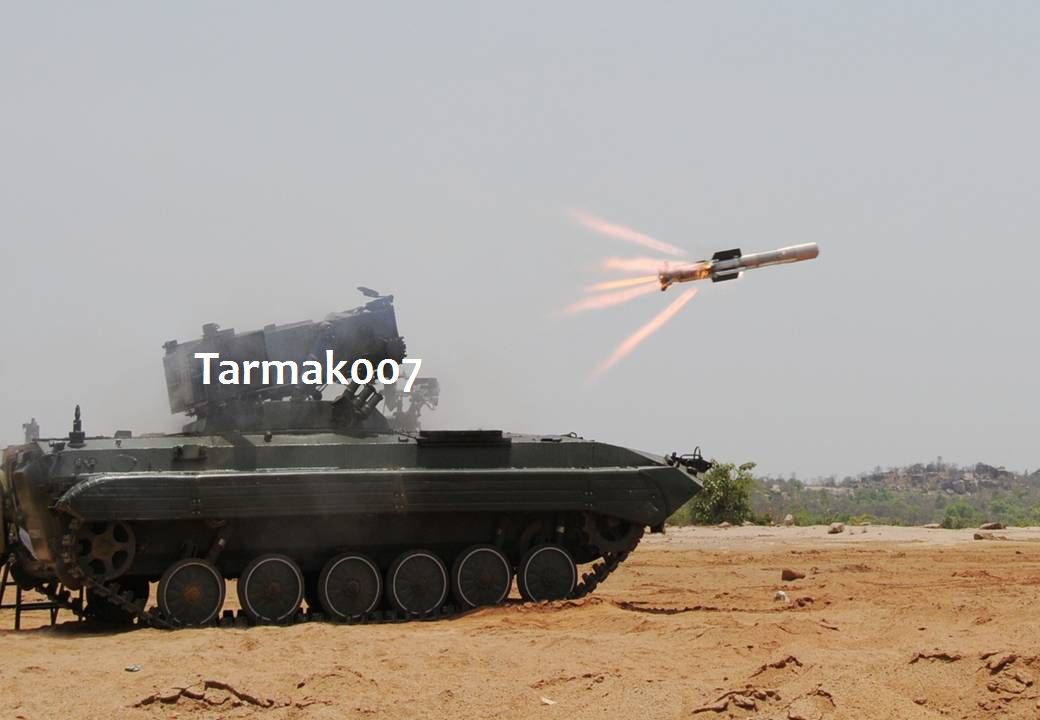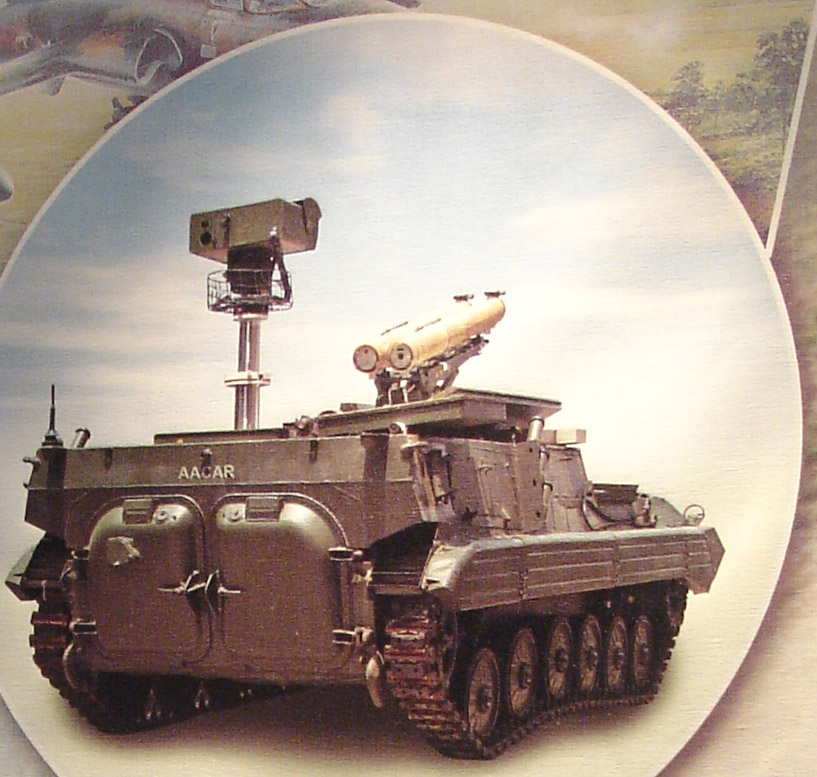Bhadra got a point, compare DRDO with Israeli military industries and we can make out the difference, I also like the Russian style of weapon procurement, firstly induct the weapons and test and develop it within military test program in this way, procedural and bureaucratic delayed can be lessen to some extent. It is not really to cherish when DRDO have major projects in multiple platforms and the result in achievement and market dominance is such miserable, leave along market dominance let it be perfection and system performance. Leave along perfection and let it be induction and operational platform. I do not question the ability of the scientist and I know they are way better then me or us who are discussing the matter here, so they are there. But point is why this miserable performance by that agency? where is the loop hole? what are the alternative approaches that can be taken? What is DRDO's benchmark compared to other similar agencies worldwide? Are their any management, bureaucratic or any other flaws that can be overcome? This are queries not to insult DRDO's scientist but progressive academic debate and discussion.
Regarding NAG-ATGM, I think if the project was performed under Army test, development and supervision, that means development after procurement, FPA problem should not be a major issue as and when better FPA are available they could have been replaced with the new ones as and when available upon the existing missile system, This way you have something that is better then nothing during war times. But what I believe is the Army is not ready to accept is as development after procurement is not a compulsion for DRDO and as Army have no say upon development but only during evaluation, they are not ready to accept a probable stale dated cheque for problems not related to the army, why the army would compromise upon issues which are not of their problem? But if the development agency would have been a part of IA, certain issue would have been easy to sort out. I think another major concern for the army is the vehicles swimming ability with the load, so their was report to reduce the load upon the vehicle to 8 from the current 12 missile configuration and the weight of the missile.
Where would the army play a vehicle which is a partial amphibious? I think DRDO being not the agency to face the real time experience missed the point and again the vehicle have to be redesigned and after that another lengthy procedural evaluation from the Army before final procurement, just like they do while procuring foreign arms. DRDO could have been more then a civilian agency or could have been a quasi armed force agency as to describe a fanboy debate











